You won't get the kind of autocompletion in a dynamic language like Python that you get in more explicitly typed languages. Consider:
def MyFunction(MyArg):
MyArg.
When you type the "." in MyArg., you expect the editor to provide a list of methods with arguments. That can't happen in Python because the editor has absolutely no way of knowing what type (or types) MyArg could possibly be. Even the Python compiler doesn't have that information when it's compiling the code. That's why, if you put MyArg.SomeNonExistentFunction() you won't get any kind of error message until runtime.
If you wrote something like:
def MyFunction:
MyObject = MyClass(SomeArg)
MyObject.
then a smart enough editor can supply a list of methods available after that final ".".
You'll find that those editors that are supplying autocomplete "sometimes" are doing so in cases similar to my second example, and not doing so in cases similar to the first. With Python, that's as good as you can get.

